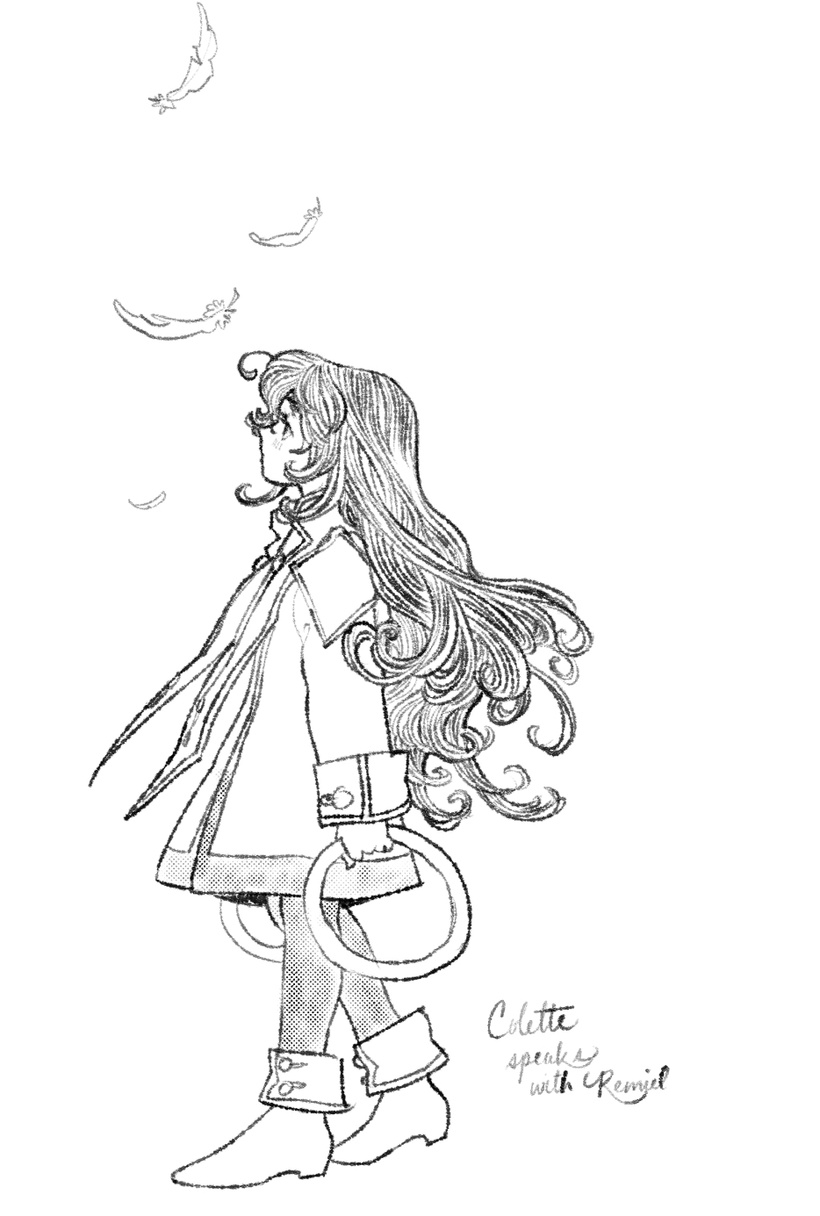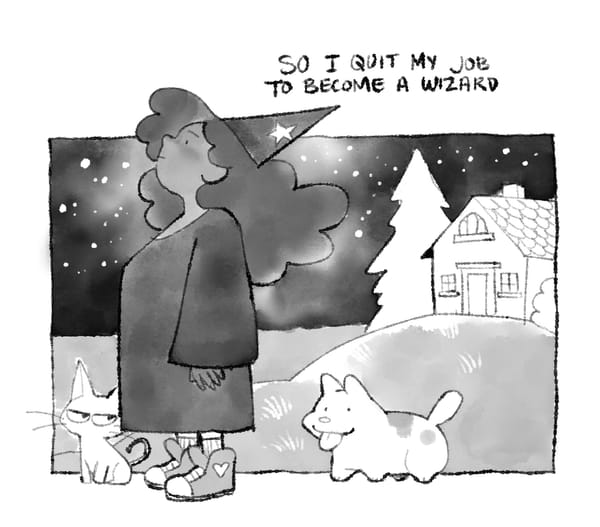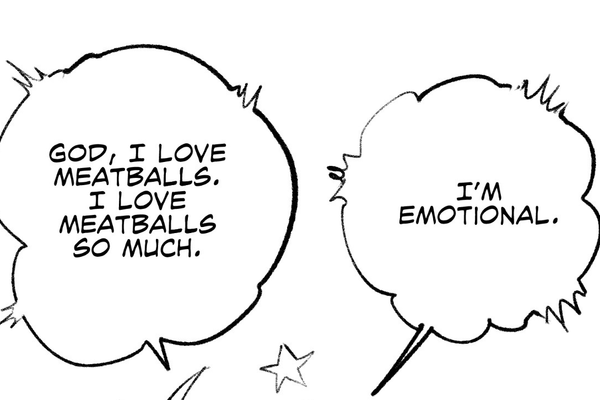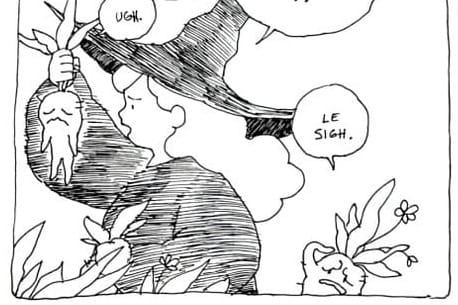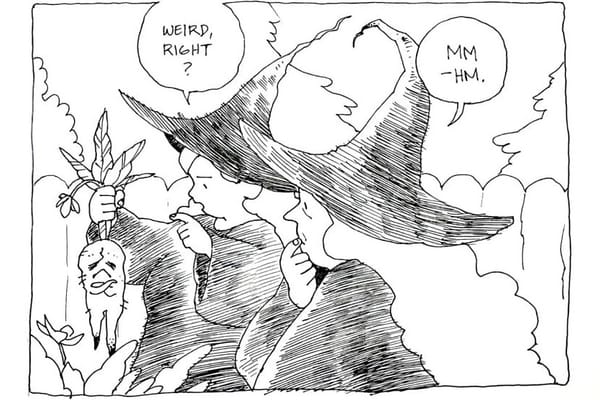Queer Nostalgia for Tales of Symphonia
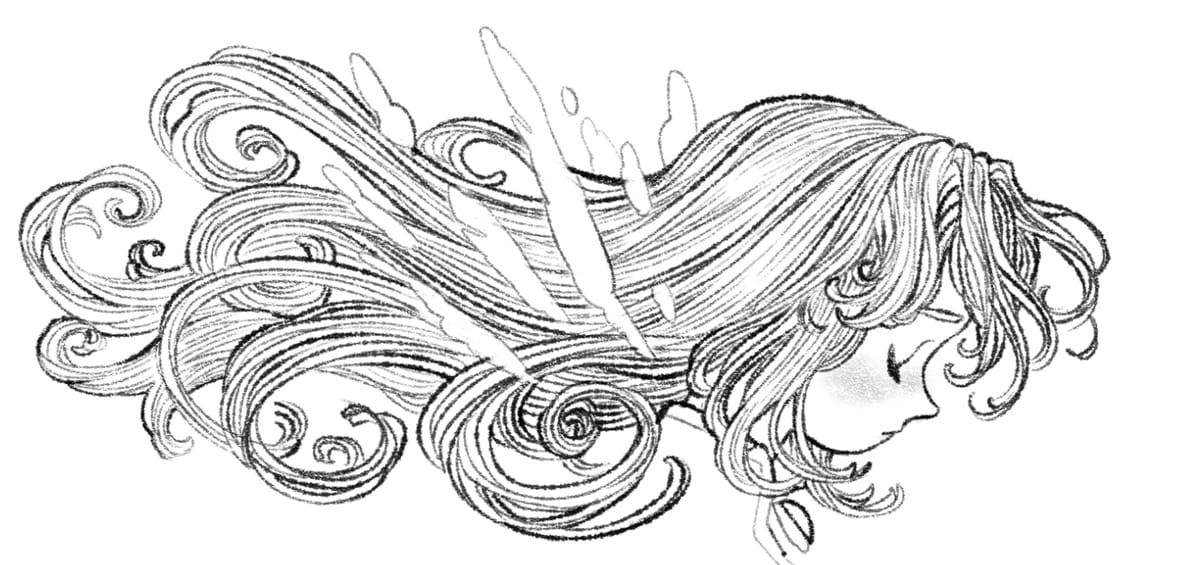
It’s summer of 2004, and my Gamecube is sweaty. I am fourteen years old and about to enter high school, leaving my eleven-year-old brother behind in our middle school. Ever since I was eight years old, my little brother had always been a few classrooms away from me. When I was in Mrs. Neff’s fifth grade class, he was in Ms. Rodkewich’s second grade class at the other end of the hall at Saint Alphonsus Parish School. I’d kind of miss seeing him sitting with his class some pews away at Wednesday morning all-school Mass or catching glimpses of him playing dodgeball with his friends from my seat on the swings.
Both of us were going through a number of small life changes—small, I guess, in hindsight. When you’re eleven and fourteen, a change of address feels pretty big. My parents were about to move us away from our little rambler in Brooklyn Center to a bigger house further out in the suburbs. I remember the excitement and dread at the prospect of starting over at a new school in a new stage of my life.
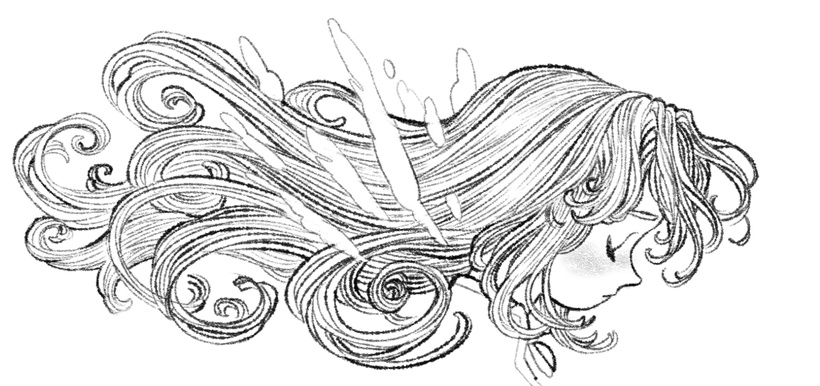
Before that summer, my brother and I spent many hours fighting it out in Super Smash Brother Melee, and at our respective ages, that proved to be our greatest source and most reliable outlet for conflict. He liked a fast, punchy character, like Star Fox. He was incredibly nimble with his dodges and counters, and he could combo circles around me. My reflexes were not quite as quick, and I preferred to main Princess Zelda. We frequently played with a couple of our friends, which helped to mitigate some of the animosity some of of the time. Even still, there managed to be some mutual juvenile antagonism fueling the noise of plastic controllers suffering and straining under our grips, kids being kids and all that.
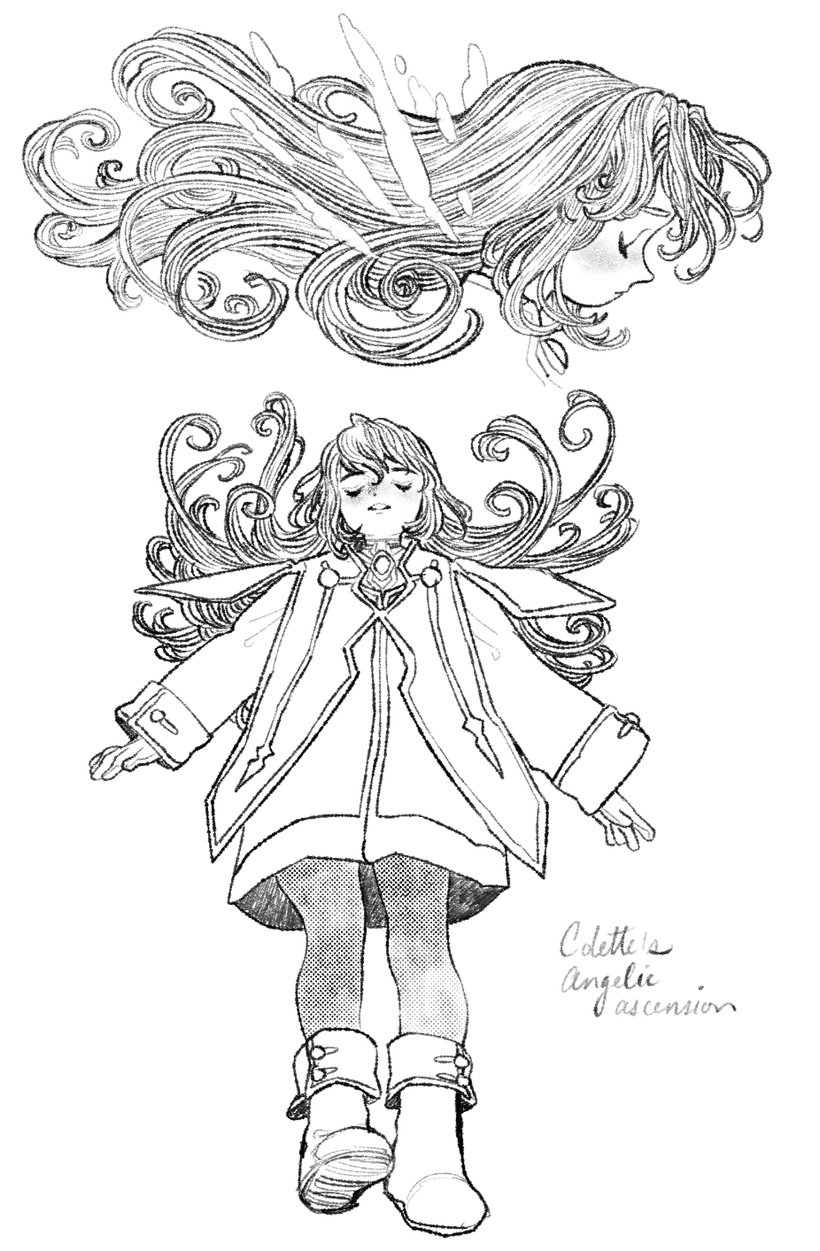
I remember walking through the video game section at Target one day, seeing the cover to Tales of Symphonia, and thinking it was just gorgeous. I wanted to know everything about the cast of characters in the illustration, designed by Kosuke Fujishima—someone whose work was familiar to me through the Oh! My Goddess manga, though I wouldn’t make that connection until much later (I was not detail-oriented as a teen). I don’t remember whether I knew it was a couch co-op game until I got home. I’d intended to bogart the Gamecube and play it by myself, but that selfish little impulse in me was luckily overruled, probably by my parents. And thank goodness for that, because it led to a memorable summer playing through the entire game together.
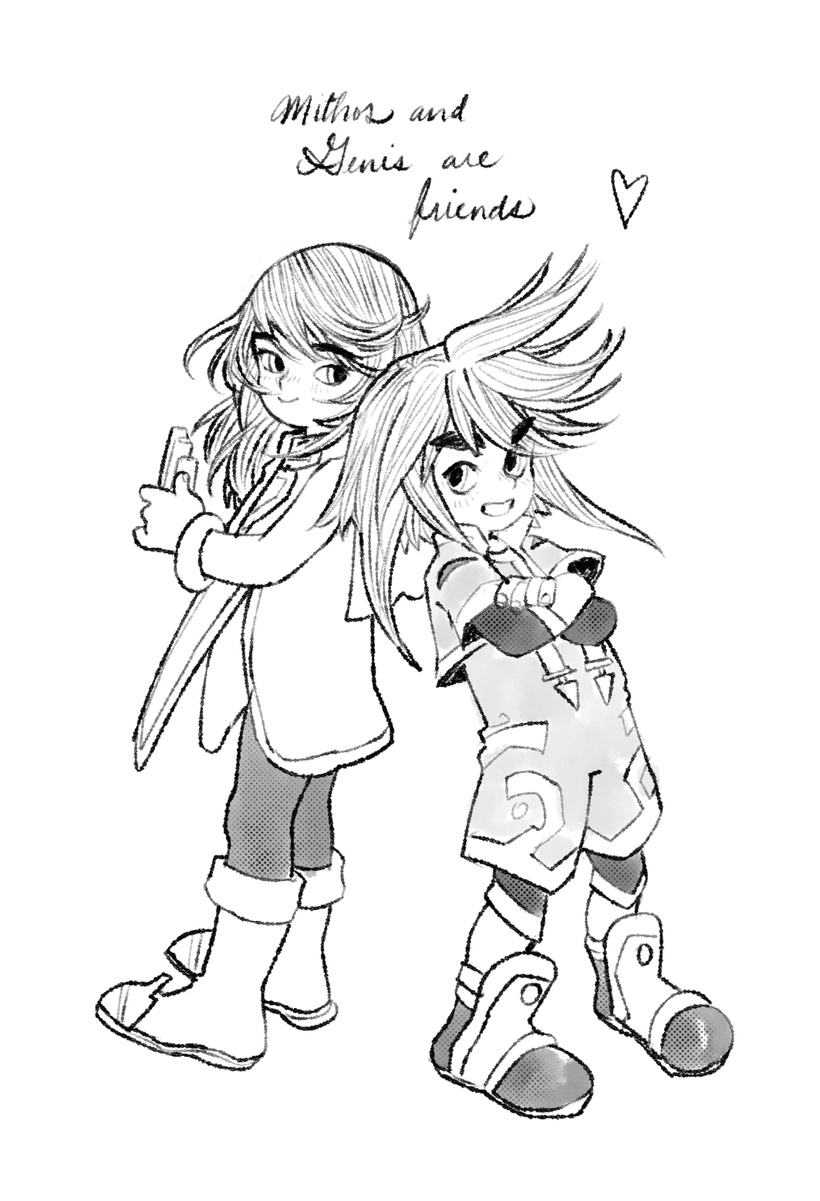
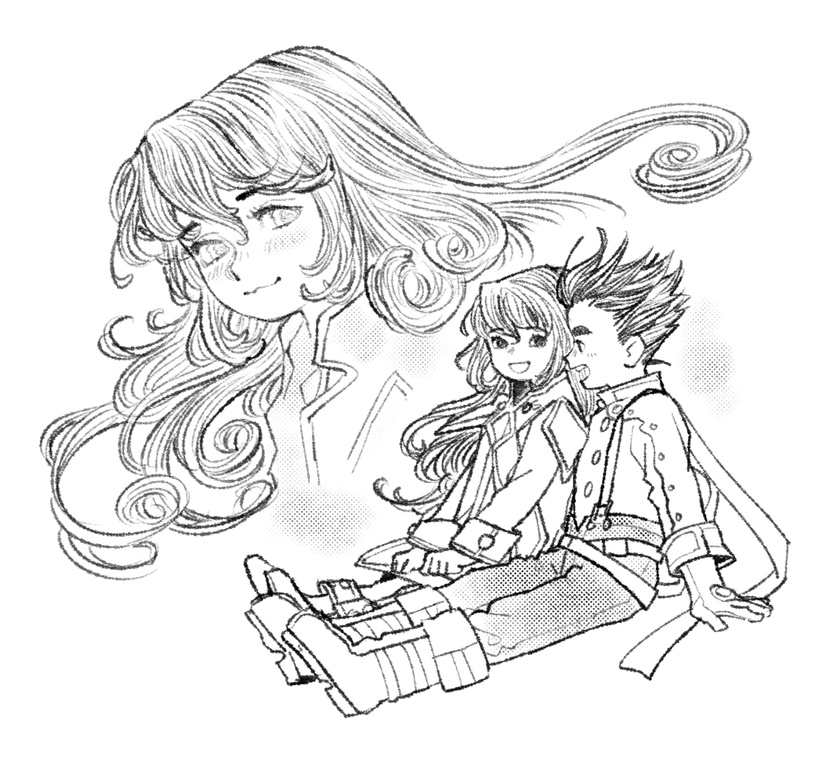
By today’s standards, the gameplay feels clunky. The combat was dynamic and engaging for its time—it still had the feel of a sidescrolling fighter, complete with directional input for different moves and combos, and the overworld exploration was pretty standard for a random-monster-encounter format JRPG. I think my brother and I had similarly positive sentiments about grinding to level up, so it largely felt like we were playing a cooperative beat-em-up game together, trawling the overworld for hours to beat up little mobs of monsters together.
My brother preferred the play-style of the brash young swordsman, Lloyd Irving, because he felt most like a fast-paced fighting game character, something at which he excelled in Smash Brothers. I landed on Colette, the soft-spoken pilgrim of dubiously angelic origin, mostly because I thought she was cute, and why would I play a character who wasn’t cute? That the game allowed for both types of players at the same time was part of what made it so special. I could float around casting spells and throwing little chakrams from a distance, and my brother could swoop in with his dual blades to help me when monsters got too close. We found ourselves working well together as a unit, taking care to keep each other alive, and cheering each other along.
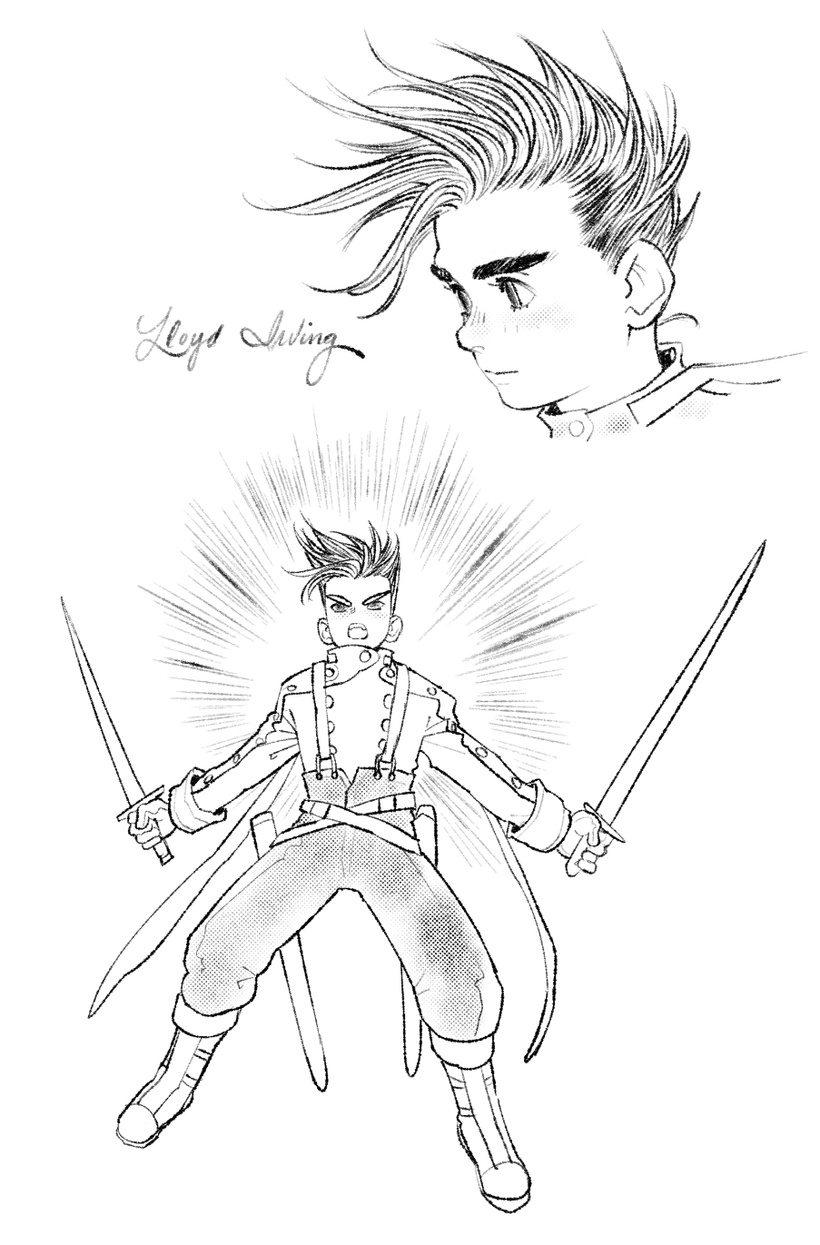
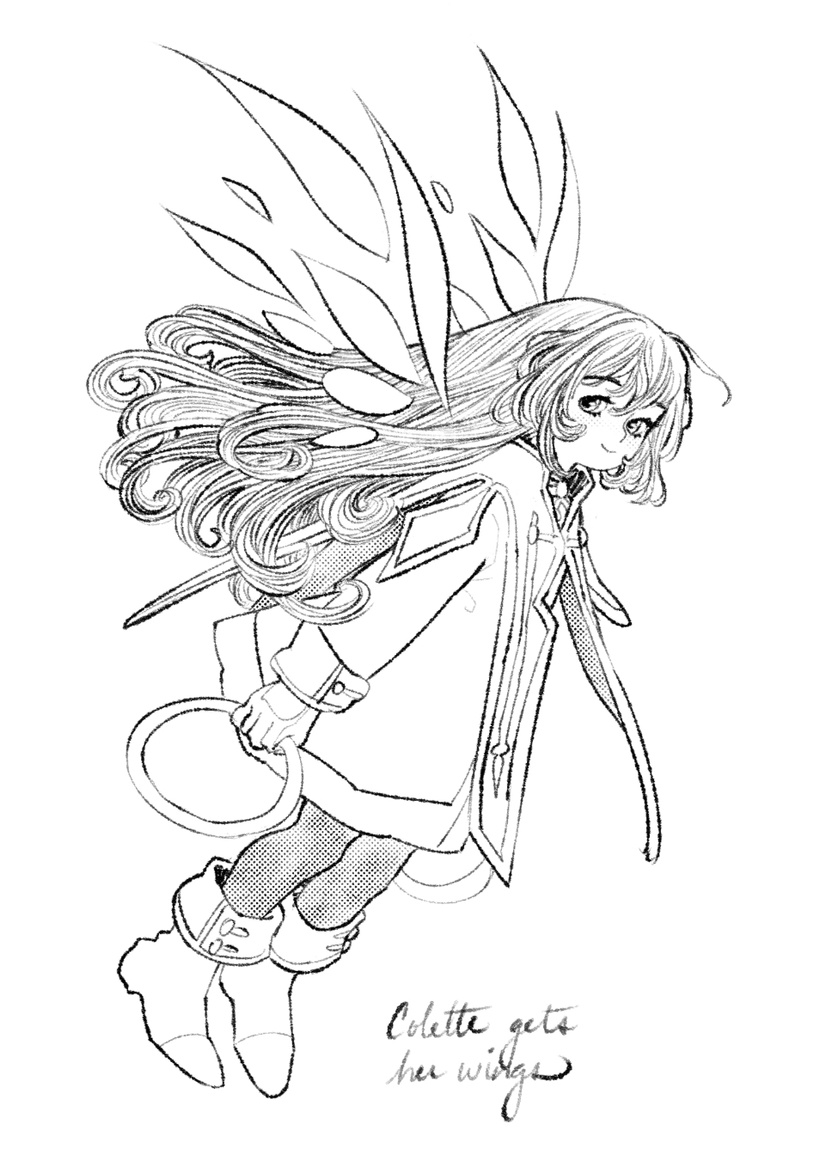
Tales of Symphonia was a pretty lengthy game, and certainly the longest game we brothers had ever played. The whole adventure spans two parallel worlds, and the game itself was divided into two little Gamecube discs. Slowly, between bouts with various monsters and enemy combatants, my brother and I worked our way through the story. One member of a group of childhood friends is chosen to embark on a religious pilgrimage, ultimately learning that she must sacrifice herself for the salvation of the world. A story about a religious savior undergoing a series of rituals to bring about the salvation of the world resonated with our Catholic upbringing.
We eventually learn that the foundation of the game’s setting and its prevailing faith exists in order maintain a precarious cycle of mutual parasitism between twin worlds. We see the cast of the characters reckoning with the unfairness of their worlds’ dogmatic systems from the vantages of their respective dimensions, ultimately banding together to overthrow a tyrannical religious order bent on maintaining a deeply immoral status quo. This shared narrative experience probably shaped our developing convictions as people and strengthened our bond as siblings.
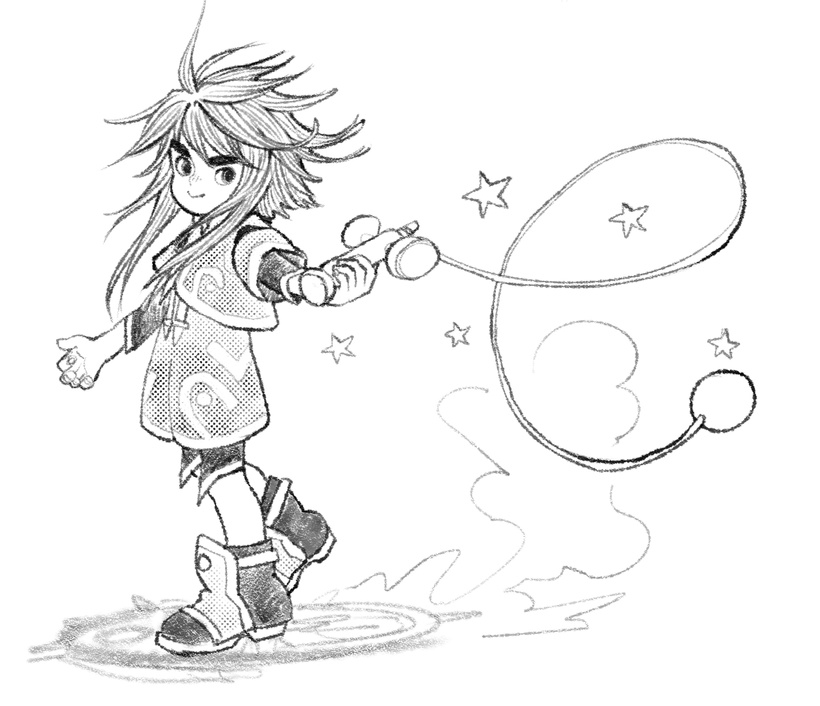
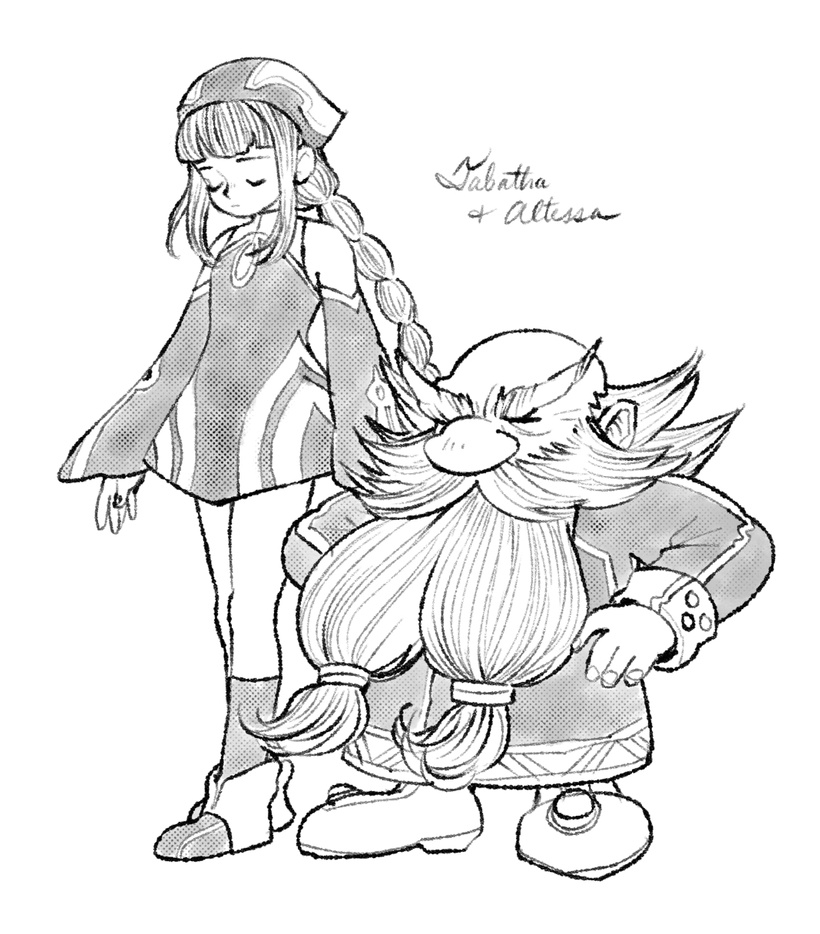
We both have difficult relationships with our family’s faith tradition and parochial education. I was one of very few out gay kids at the Catholic high school I would enter that fall, and my experiences there permanently fractured my relationship to my faith. And while I was there, I didn’t realize my little brother was paying attention. We’ve since talked about it, and I’ve learned that, even while in middle school, my kid brother was looking out for me.
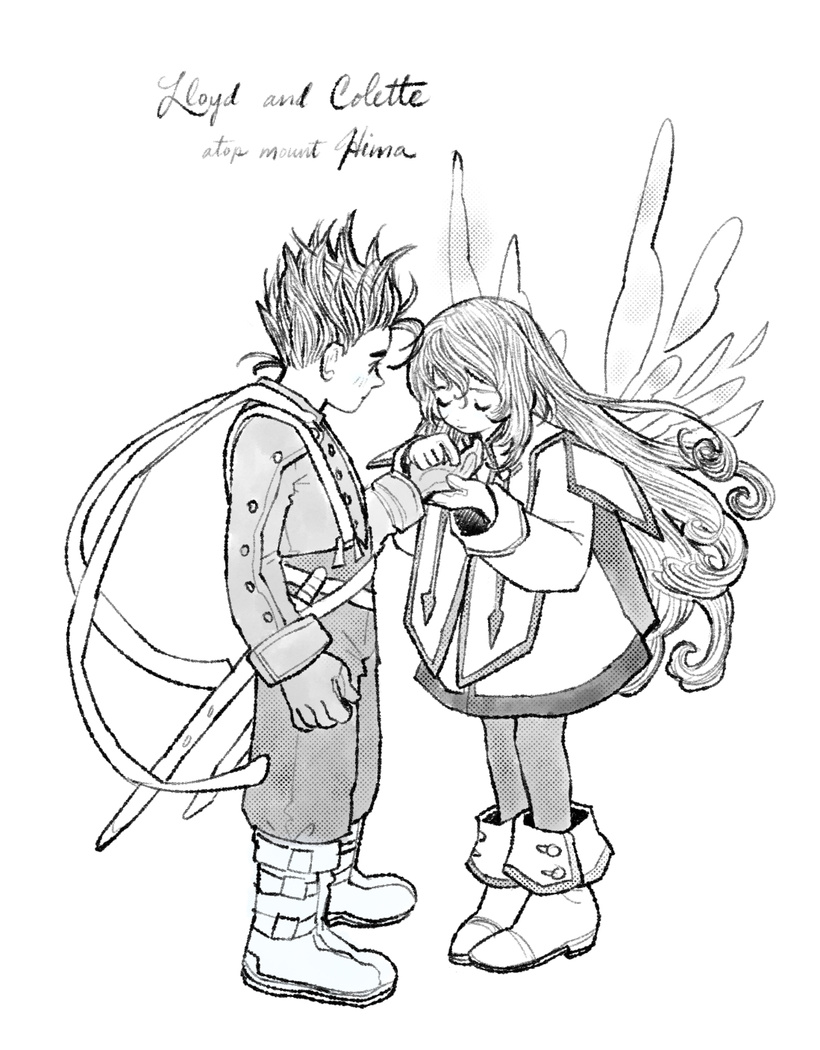
I don’t think I ever had to come out to him. He always just knew, matter-of-factly and without incident. Throughout our childhoods I’d talk about friendships and crushes around him, and he never thought to make me feel self-conscious about it. He knew the way I was treated in high school, and he understood better than my parents the ways the school—conservative, religious, and overwhelmingly white—was especially hostile to me. He would eventually be a freshman as I was a senior at our Catholic high school, and he’s expressed to me that he came in with a ready distrust of the place based on observing how they treated me.
In hindsight, I think it meant a lot to us, at the time, that the queer kid who wanted to play as the cute girl in the dress and the scrappy kid who liked to chain-combo monsters to death with swords could play next to each other, celebrate our shared victories, and experience an epic fantasy story together over the course of some summer months. Tales of Symphonia gave us something to look forward to doing together in spite of our differing ages, interests, and temperaments. It gave us a lot of practice just being together and cheering for each other, and I like to think it had a hand in shaping our relationship as adults. We both still think of the game very fondly.
